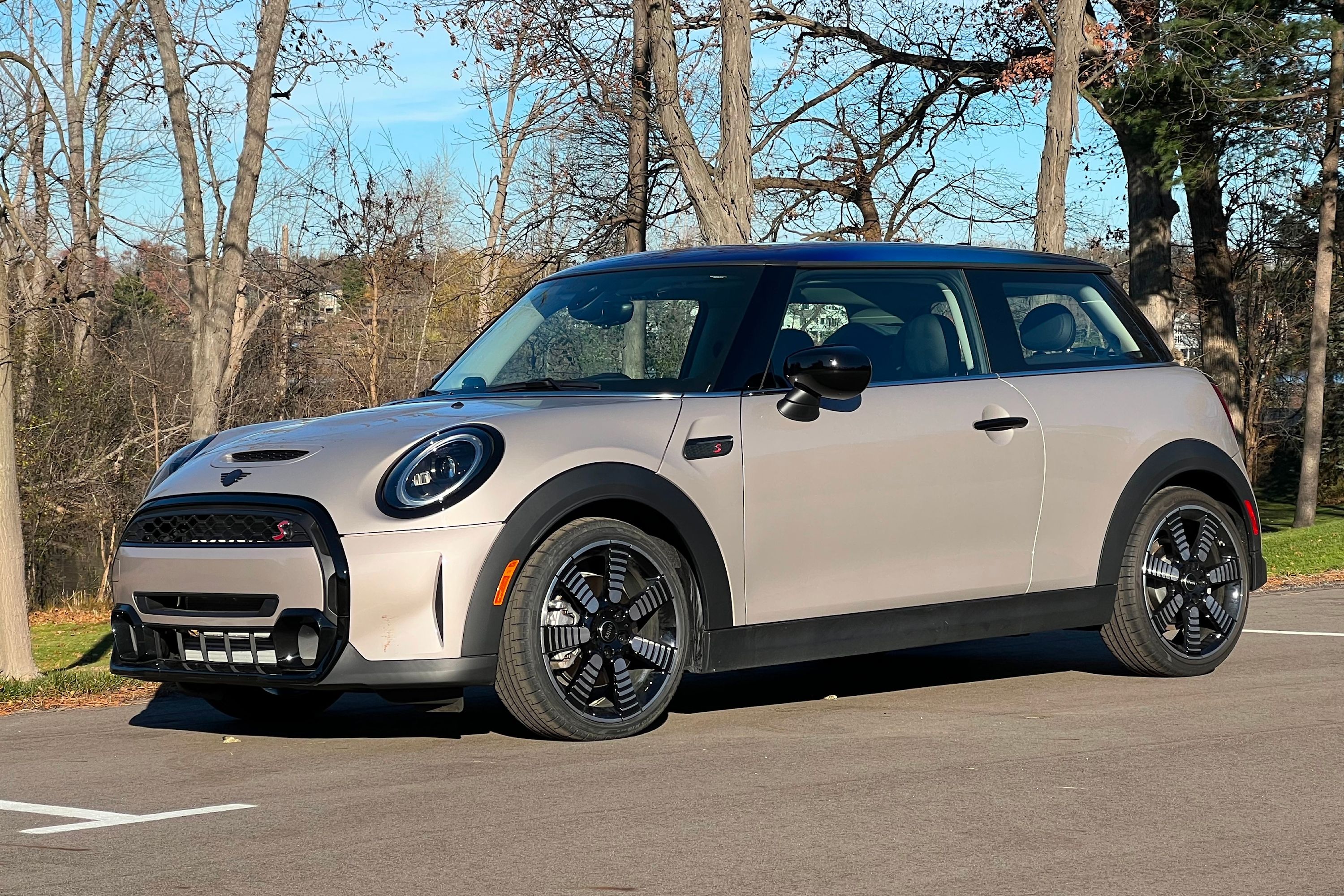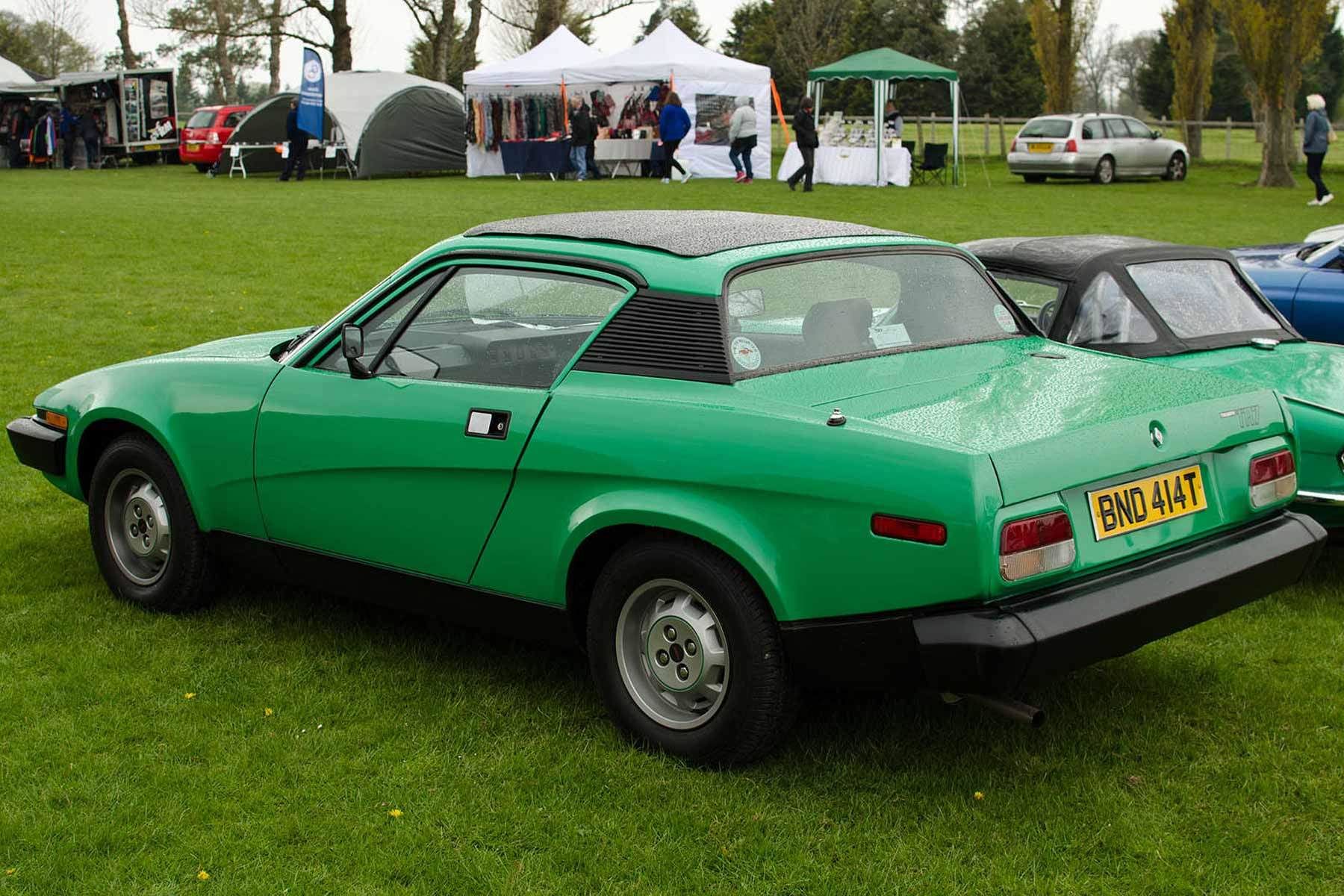
The British motor industry has had some incredible highs as well as incredible lows, just like any other country. The weird thing is that the UK is a tiny cold rock in the Atlantic ocean yet the world knows so many British brands, including Lotus, McLaren, Land Rover, Aston Martin, Jaguar, Bentley, and Rolls Royce. With those incredible highs though, has come incredible lows. The kind of lows that make Brits wince at when they're reminded of them, and make jokes about when they don't need to be. There's a reason Top Gear made a running joke about dropping pianos on the Morris Marina, and that's actually as good a place as any to start.
Morris Marina
The Morris Marina is a rare fish and it was absolutely awful by any measure anyone could wish to use. It was supposed to be a stop gap car while the parent company, British Leyland, got itself sorted out and restructured after the merger that created it. Remember that name, British Leyland, because it's going to come up a lot here.
The Marina took 18 months to design, all of them filled with problems and cost cutting. It was built using obsolete chassis and suspension parts, while describing the Marina's road manners as poor is a massive understatement. Production was almost comedic with, amongst other things, the wrong suspension being fitted to the cars with the larger and heavier engine. Deliberately, however, the wipers were fitted on the wrong way round because the design was so bad the blades lifted from the windscreen when being used.
That's not why the Marina is a rare fish though. The 1970s and 1980s were full of badly designed and built British cars but this one sold remarkably well and for a long time.
Vauxhall Belmont
Hatchbacks were doing well in late 1970s and early 1980s Europe, but manufacturers insisted on trying to appeal to everyone by sticking a trunk on the back of popular models. Volkswagen did a decent job with the Jetta, but Vauxhall made a pigs ear of its amendment to the Astra. The Belmont held the dubious title of being the most stolen car in the UK at one point, and there's a theory that it wasn't because it was so easy to get into and steal, but that owners simply left them unlocked in the hope of claiming the insurance money. That's a bit of a stretch, but it was a dog of a car.
Delorean DMC-12
While the Delorean company was based in New York, the DMC-12 was built in a British government funded factory in Northern Ireland In the 1980s. That wasn't the whole problem though. The innovative chassis design was dropped due to cost and the engine went from being mid-mounted to being in the rear. That engine was also a family car engine developed by Renault, Peugeot, and Volvo, wand was massively underpowered for a sports car. Then, the production issues compounded the design and cost issues.
The seminal movie Back To The Future glamorized the DMC-12 but the reality was that it was a promising American dream car scuppered by an over-reaching American automotive executive trying to get a new brand car into the world by using British factories in the 1980s.
Austin Princess
At the time, Austin was a division of British Leyland and the Princess sold well for a short time before people realized how ugly and badly built it was. Some might remember that John Lennon owned an Austin Princess as a limo, but this was not that car. British Leyland were trying to string out some more mileage from a name that actually once meant something.
Rover 800
The Rover 800 series was built by the Austin Rover group, a subsidiary of, you guessed it, British Leyland at the time. The Rover 800 had a promising start as British Leyland had an alliance with Honda in the mid-1980s, and the promise of Honda build quality and engineering in a British designed executive car was an attractive one. That's not how things played out though, and Austin Rover still somehow managed to build a car with doors that didn't fit and an interior that faded and fell apart the moment the first rays of Britain's six weeks of sunlight hit it. Honda's version, the Legend, was absolutely fine though.
Triumph TR7
According to legend, when renowned Italian car designer Giorgetti Giugiaro walked around a TR7, he paused for a moment in thought before exclaiming: "My God! They've done the same on this side as well!" Not everyone feels the same way, but the other issues put the TR7 firmly on this list. The design was flawed, the 4-cylinder engines were a downgrade on the wonderful TR6's 6-cylinder engine and, because Triumph was under the British Leyland banner, build quality was guaranteed to be shoddy at best and diabolical at worst.
Austin Maestro
We could tell you in depth about the terrible engines not far removed from their original 1950s design, the horrendous build quality, and how Austin seemingly deliberately tried to build a truly awful car. Comically, there was also an MG branded performance version. But the fact a British company owned by British Leyland thought that putting in a talking dashboard that warned the driver when something went wrong with the car was a good idea is the true masterstroke of ineptness.
Jensen SV-8
In its heyday, Jensen built some incredible cars and made car bodies for major manufacturers, including Ford and Chrysler. Most famous of Jensen's own cars were the powerful and sexy Jensen Interceptor and its offshoot, the FF. Unfortunately, in 1967 Jensen was in trouble as it relied heavily on contracts that were hit hard by US safety regulations and dropped demand for cars the manufacturer was heavily invested in. The roll downhill involved being sold a few times, going into receivership, being split into two companies, and ultimately the rights to the Jenson brand names were sold.
Money was eventually put together by investors, including the Department of Trade and Industry and Liverpool City Council, and in 1998 the Jensen SV-8 was launched. Production was a problem though, and the 20 that were finished were a horror show of mismatched panel gaps and a parts-bin interior that barely held together. To polish it off, the SV-8 also had looks even a mother would wince at.
Austin Metro
The British Motor Corporation, before the merger it took part in to form British Leyland, was responsible for one of the greatest cars ever designed and built. The real Mini revolutionized the car industry in the midst of social revolution, and went down in history for being exactly the right car in the right place at the right time. The Austin Mini Metro was intended to be a direct replacement for the little legend but fell so far short it's embarrassing. It was worse than the Mini due its lack of real development and it's ability to rust even on a warm summer's day, of which there are few in the UK.
Rover CityRover
It was a long timeline that led to MG Rover, formerly Rover Group, who were formerly British Leyland, being split up and the remaining parts being sold by BMW for £10 to the Phoenix Consortium. The newly owned leftovers needed to put out a car in the finest traditions of the British Leyland Legacy, complete with shabby interior build quality, a rotten ride, and looks nobody would want to be seen dead with. So, Rover outsourced the job to Tata and had them put different bumpers, wheels, and a Rover badge on on their car to sell in the UK. Rover wouldn't even let Top Gear review one for the show it was so bad, so James May went undercover to a dealer and took hidden cameras for a road test, then concluded: "That is the worst car I have driven on this program."
Austin Allegro
The Austin Allegro is the quintessential crap British car. Gen Xers know this as the car they were always stuck behind as kids wondering why the old couple had a tartan blanket spread across the shelf behind the rear window. It's an emblem of just how dark the British automotive industry became in the 1970s, and a regular for being cited as the worst car ever made. It was promoted as an advanced family sedan with its Hydrogas suspension and being front-wheel-drive. The reality was that it was built on design compromises that made little sense and using tooling and machinery from World War II that was adapted to make cars in the 1970s and through the 1980s.
There has been a small surge in recent years of automotive hipsters finding rare ones for incredibly cheap money and claiming that it's not so bad as a humble little run around car. However, those people are wrong and trying way too hard to be cool. Talk to someone who actually owned one for more than a week and you'll see genuine anger at the memory of their experience. Ask someone who didn't own one and jacked it up in the wrong place, and you'll get an amusing story about how the rear window popped out.

